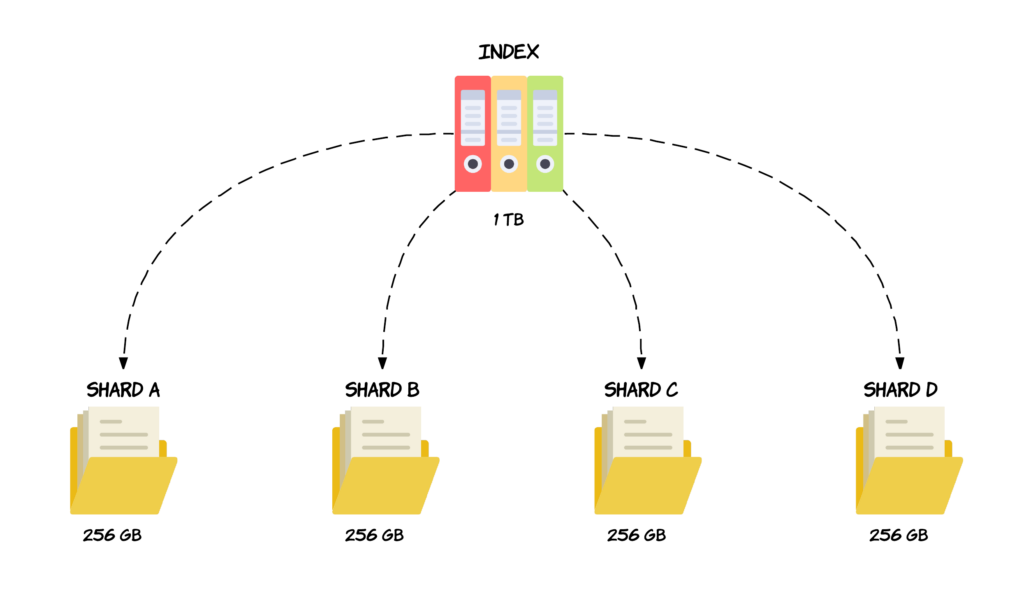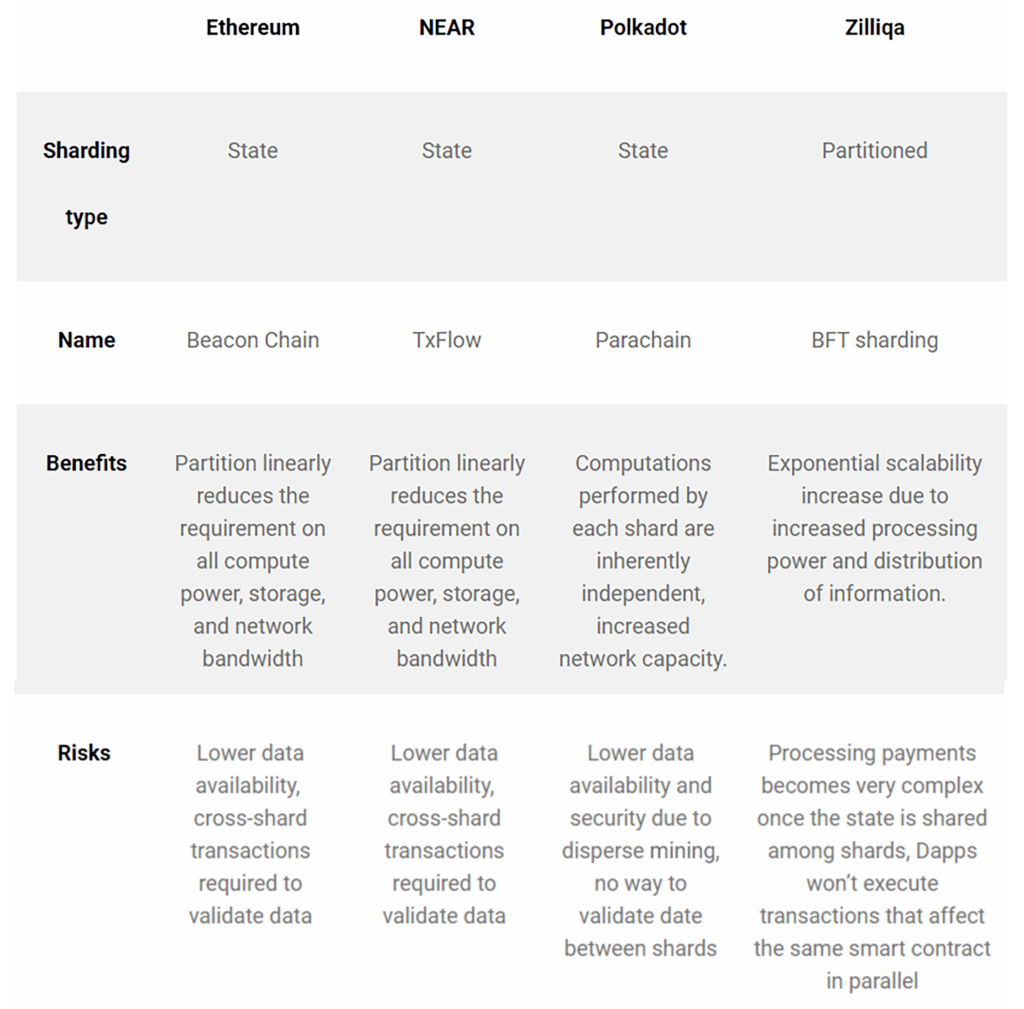views
Blockchain technology has brought significant changes to the way we conduct transactions and exchange data. The decentralized nature of blockchain (Blockchain Sharding) has made it possible to remove intermediaries and increase transparency in various industries, including finance, healthcare, and supply chain management.
However, as the size of the blockchain network grows, the amount of data that needs to be processed and stored becomes increasingly significant. This can lead to scalability issues, such as slower transaction times and higher transaction fees. As a result, using Sharding can address this issue by dividing the blockchain network into smaller, more manageable parts.
In this blog, we will delve into what sharding is, and how it actually works. By the end of this piece, you'll have a better understanding of how sharding can improve blockchain scalability and help pave the way for the widespread adoption of blockchain technology.
Sharding is a technique that involves breaking up a large database or blockchain network into smaller ones. And more manageable parts called shards. Each shard is a separate blockchain network that operates independently, with its own set of validators, transaction history, and smart contracts.
The idea behind sharding is to distribute the workload across different nodes in the network. This allows for faster transaction processing times and reduces the risk of network congestion.

Sharding has been used for decades in traditional databases to improve performance and scalability. In the context of blockchain technology, sharding is a relatively new concept. It is gaining significant popularity as blockchain networks continue to grow in size and complexity.
It basically allows blockchain networks to scale horizontally, by dividing the workload across different nodes. Rather than vertically, by increasing the computing power of a single node. In addition, Sharding can be implemented in various ways, depending on the blockchain protocol and the specific needs of the network.
In general, sharding is a powerful technique that can significantly improve the scalability and efficiency of blockchain networks. By dividing the workload across different nodes, sharding allows networks to process more transactions per second. This reduces the risk of network congestion and increases the overall efficiency of the network.
To understand how sharding works, let's consider an example. Suppose we have a blockchain network that processes 100 transactions per second. If the network grows to 1000 transactions per second, it would require ten times the computing power to process the transactions. This can lead to scalability issues, such as slower transaction times and higher transaction fees.
Sharding solves this problem by dividing the network into smaller shards. Each shard operates independently, with its own set of validators, transaction history, and smart contracts. When a user initiates a transaction, it is broadcast to the entire network. However, only the validators in the shard responsible for that transaction will process it. This reduces the overall workload on the network, allowing for faster transaction processing times.

This indicates that Sharding can improve the scalability and efficiency of the network, allowing it to process more transactions per second and reducing the risk of network congestion.
Sharding is a powerful technique that can significantly improve the scalability and efficiency of blockchain networks. By dividing the workload across different nodes, sharding allows networks to process more transactions per second, reducing the risk of network congestion and increasing the overall efficiency of the network.
Sharding is a technique that can help blockchain networks scale to meet the demands of a growing user base. By dividing the network into smaller, more manageable parts, sharding allows for faster transaction processing times, lower transaction fees, and improved network efficiency. However, it's important for blockchain developers to carefully consider the benefits and drawbacks of sharding before implementing it in a blockchain protocol.
Meanwhile, as blockchain technology continues to evolve and mature, it's likely that sharding will play an important role in enabling the next generation of decentralized applications and services.
To know more about Blockchain Sharding, go check out SunCrypto Academy.
Your email address will not be published. Required fields are marked *
Name *
Email *
Website
Comment *
Save my name, email, and website in this browser for the next time I comment.












